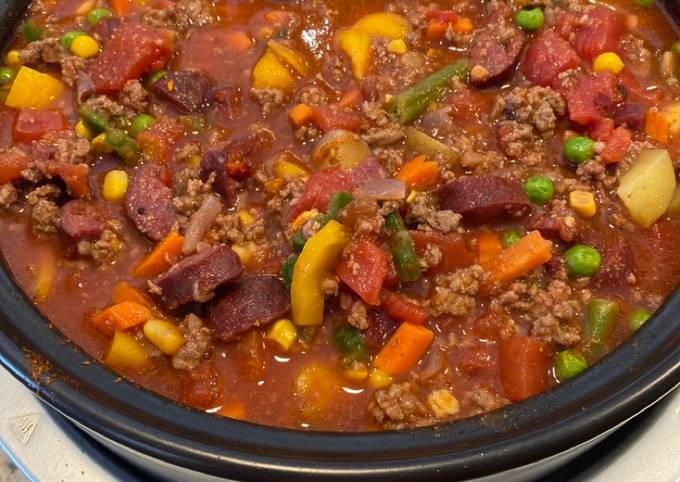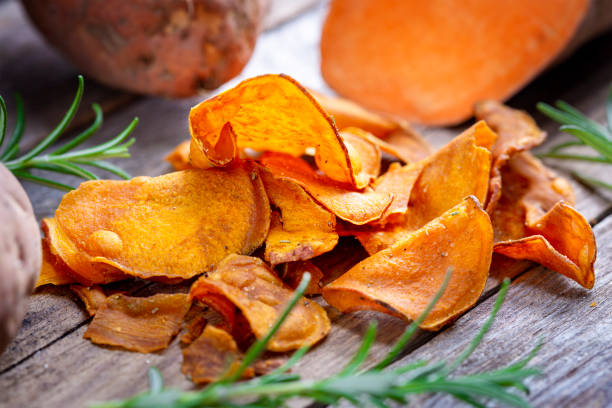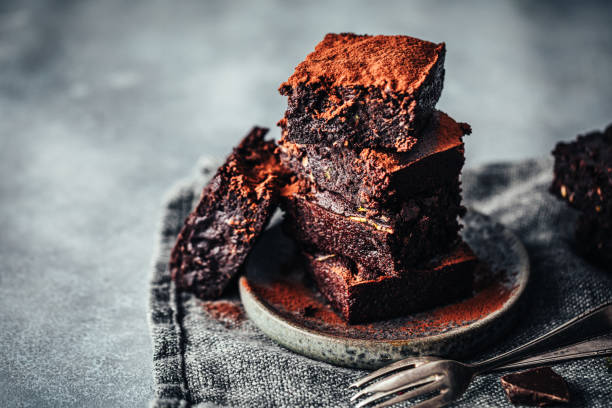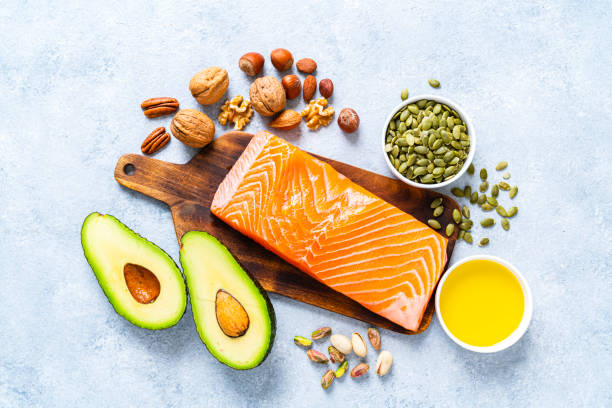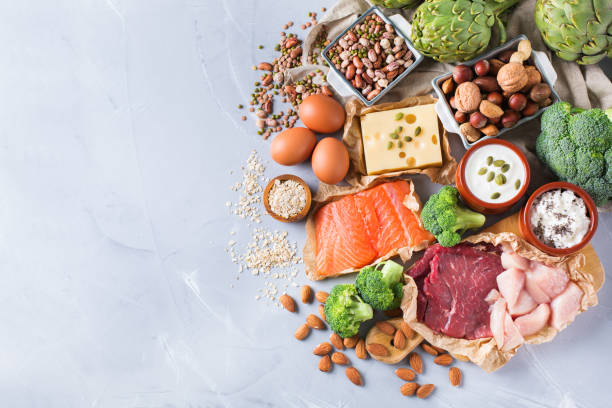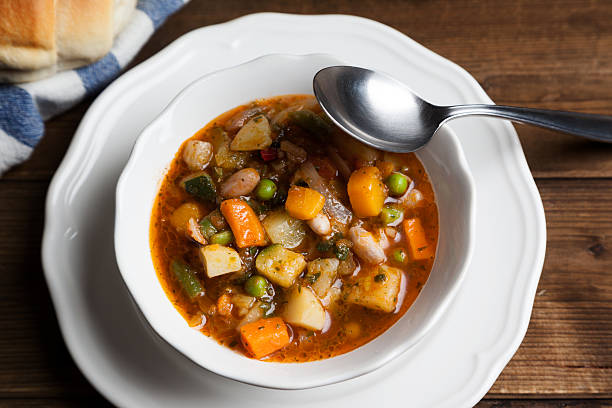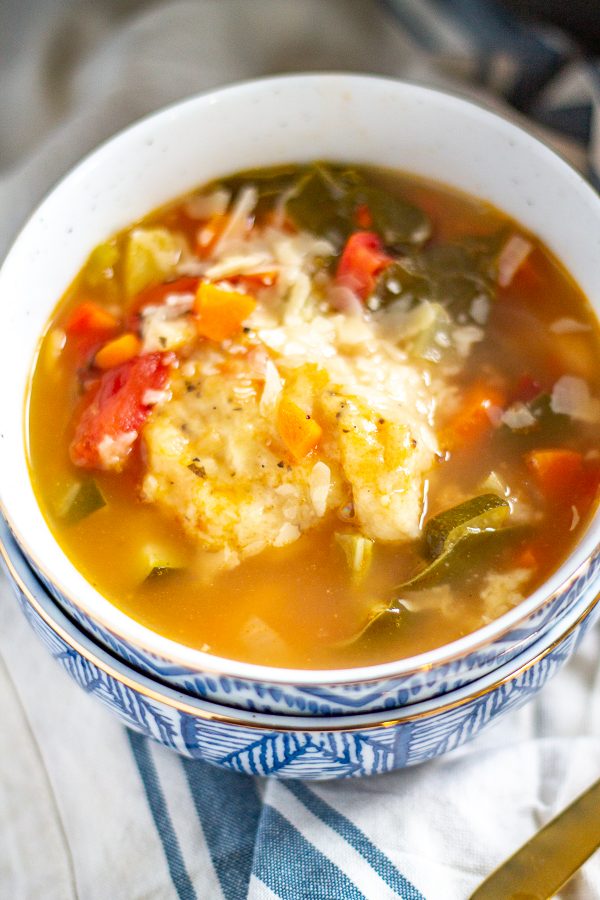What is Caldeirada?
Caldeirada is a traditional Portuguese dish that originated in the coastal regions of Portugal. It is a fish and vegetable stew that is cooked slowly for hours until the flavors of the ingredients meld together, resulting in a rich and flavorful dish. The name “caldeirada” comes from the Portuguese word “caldeira,” which means “cauldron,” as the dish is traditionally cooked in a large pot over an open fire.
Caldeirada is a versatile dish that can be made with a variety of fish and vegetables, depending on what is in season and available. The recipe typically includes a mix of fish such as cod, haddock, and monkfish, along with potatoes, onions, tomatoes, bell peppers, garlic, and white wine. The dish is finished with a sprinkling of fresh herbs such as parsley and cilantro.
Ingredients and Preparation
To make caldeirada, you will need a variety of fresh fish and vegetables, along with a few pantry staples. Begin by washing and chopping the vegetables into bite-sized pieces. In a large pot or Dutch oven, sauté the onions and garlic until they are soft and fragrant. Then, add in the bell peppers, tomatoes, and white wine and cook for a few more minutes until the vegetables begin to soften.
Next, add in the fish and potatoes, along with enough water to cover the ingredients. Bring the mixture to a simmer and cook for 30-45 minutes until the fish and vegetables are tender. Finally, add in the fresh herbs and season with salt and pepper to taste.
Tips for serving and pairing
Caldeirada is a hearty and satisfying dish that can be enjoyed on its own or served with a slice of crusty bread. It pairs well with a crisp white wine such as Vinho Verde or Albariño, which complements the fresh flavors of the fish and vegetables. Alternatively, you can pair caldeirada with a light red wine such as Pinot Noir or Beaujolais for a more robust flavor profile.
When serving caldeirada, be sure to ladle it into bowls and garnish with additional fresh herbs for a pop of color and flavor. Leftovers can be stored in the refrigerator for up to three days, making it an excellent option for meal prep or a quick and easy weeknight dinner.


